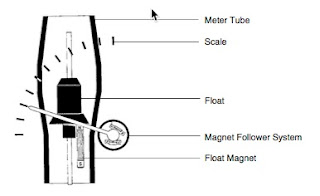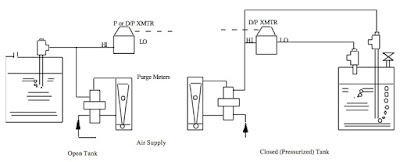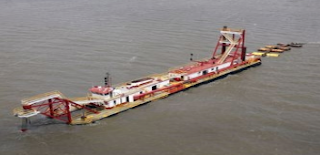 |
| Diagram of rotameter (courtesy of ABB) |
The ABB-Program includes, a line of metal meter tube flowmeters particularly suited for high pressure and temperature applications, for aggressive and opaque fluids and for steam metering. Also offered is a line of glass meter tube flowmeters (the solution for extremely low pressure conditions) including float designs for viscous fluids or high flowrates in the smaller sizes. The purge flowmeters in both lines are available with a differential pressure regulator to maintain a constant flowrate even when there are pressure variations. The smallest flow ranges required in laboratory applications and high flowrates in industrial applications can be satisfied with ABB instruments.
This new “Handbook for Variable Area Flowmeters“ is a practical guide for the user with selection criteria for real applications (see Check List/Parameter Questionnaire), correction factors, Accuracy Classes, corrosion resistance tables and much more. A separate flyer with actual pictures demonstrate the application versatility.
Answers are provided to frequently asked questions about this measurement principle (see Page 20) and we have incorporated a preferential quick ship program for the most popular instrument versions.
We hope that this Handbook provides you with a practical selection guide; naturally our sales team is always ready to provide you with any personal assistance you may require.
For more information on any ABB variable area flow meter (rotameter), visit TECO at http://www.teco-inc.com or call (504) 833-6381.






